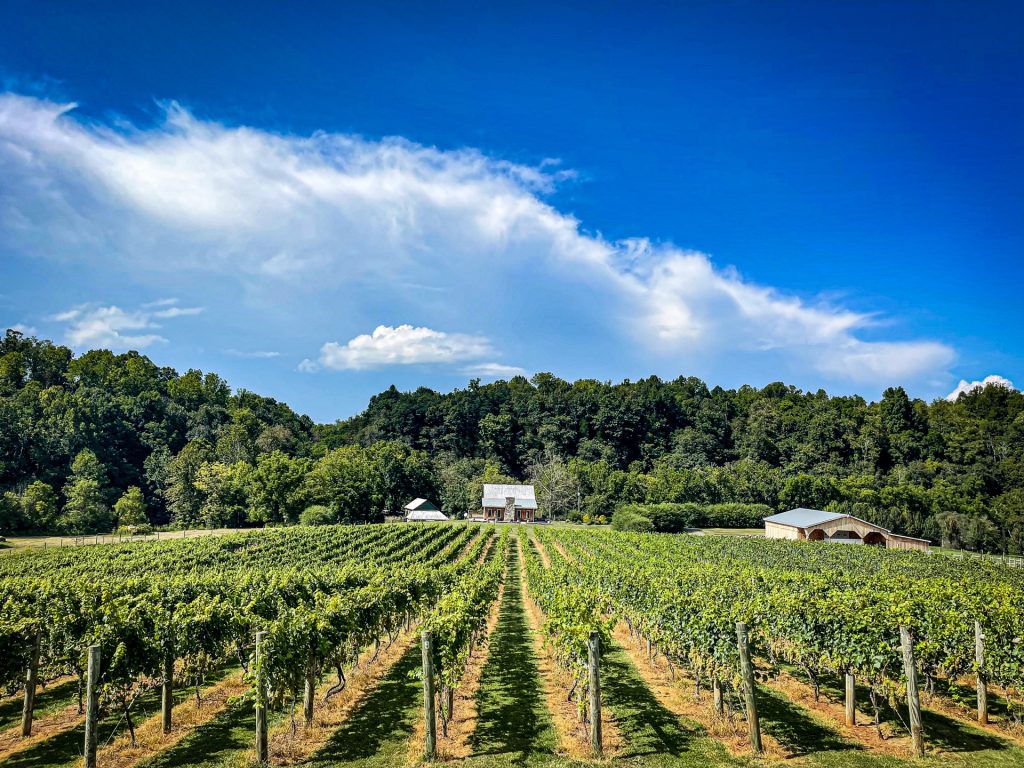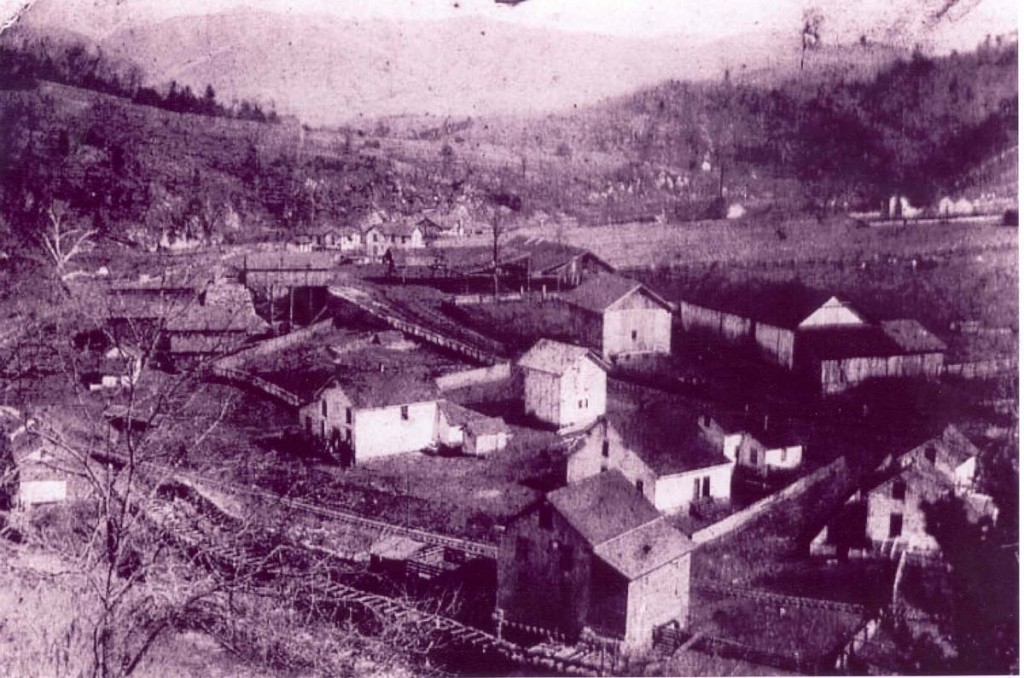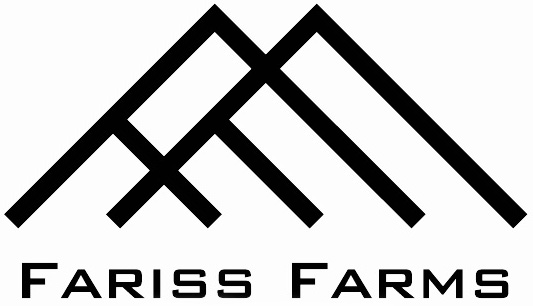
About Us
Fariss Farms is a family endeavor that has deep roots to the property it is operating today. My father (Bruce) and I work constantly to create a unique mountain escape for all of those who visit. We are both enamored with the Blue Ridge Mountains of Allisonia, Virginia. We find sanctuary in the hills and love to share the experience with others.
My Father has had the vision all along as he worked relentlessly since 1985 to renovate structure after structure in the area with a dream of one day sharing them with the world. Since early childhood I have helped my father with every project and have become just as smitten with the area as he is.
The Fariss Farms property has been transformed into a park-like atmosphere nestled in the Blue Ridge Mountains of Virginia. We are currently operating a producing wine-grape vineyard and renting mountain cabins and will open a Winery in 2016.
We all refer to this area as “The Creek” and until you have witnessed The Creek, the emotions aroused are indescribable. We look forward to seeing you and showing you the virtues of the mountains and escaping the fast pace of the rest of the world.
Sincerely, Adam Fariss


When driving through the complex operated by Fariss Farms, one can see the remnants of what appears to be a once booming industrial operation. In fact, the area used to be a key component to a boom-town mining operation known as Kayoulah, VA.
Kayoulah was the name given to the Norfolk & Western train station that once stood in the area. When asked, the railroad representative suggested that the Cherokee name was likely that of the engineer’s girlfriend. The area was also referred to by the name of the blast furnace in operation, Boom Furnace. The name Boom was given to the furnace because of the sound it made as it grumbled to life during daily operation; it is said that the loud Boom could be heard for miles.
Cabin rental in Virginia at Fariss FarmsThe area was a thriving center for the mining industry during the late 1800’s. A large complex was built, encompassing the blast furnace, casting house, charcoal sheds, company commissary, boarding house, gristmill, railroad section house and 23 tenant houses. A large agricultural operation accompanied the complex to supply all of the “horse power.” There was a large barn to care for all the horses and mules with grain supplied from the corncrib. The superintendent’s house was the largest house in the complex. Many of the structures still stand today and have been restored by Fariss Farms. The buildings still standing are the corncrib, commissary, superintendent’s house, railroad section house, blacksmith shop and the weigh house. The furnace still stands as the center piece.
The furnace started life as a charcoal furnace and went into production in 1882 producing 6 to 7 tons of car wheel foundry pig iron daily. The furnace was a 33 foot high pyramid built out of stacked limestone with two tuyeres (twē-ˈer: a nozzle through which an air blast is delivered to a forge or blast furnace). Air was supplied by bellows powered by water diverted via a flume from the log dam at the gristmill.
A bridge ran from the rock wall behind the furnace to the top of the furnace and allowed contents to be loaded into the furnace from above. Iron ore, limestone flux and charcoal were dumped from the top by men referred to as Fillers. The molten iron was drained by the Gutterman into troughs in sand beds made by the Keeper to form pig-iron.
Many years later, the top of the furnace was removed and rebuilt out of brick to permit coke to be used with higher temperatures and an increase in pig-iron production, twelve tons per day. Iron production ceased in 1906. The operation met its final demise with a fire that started in the charcoal sheds that destroyed a large portion of the complex in 1910.
During operation, the commissary acted as the community center and contained all manner of materials and housed the post-office in addition to the doctor’s office. If ill, you could visit the doctor for two dollars and buy a bottle of medicine for two dollars. A pair of shoes would cost two dollars. The paid wage was twenty-five to fifty cents per day. Wages were often paid by script that could only be spent in the company store. On the roof of the commissary was a large bell that was rung when there was an emergency.
The entire area was booming and centered on the railroad. The locomotives were responsible for bringing goods in and out of the mountainous industrial sites. The local inhabitants also used the freighters to commute to and from town. Once upon a time, you could flag the down the passing train and hop a ride into town. The era came to an end in 1941 when the tracks were taken up and all the trestles removed.
Change continues to occur, yesterday, today and always.
